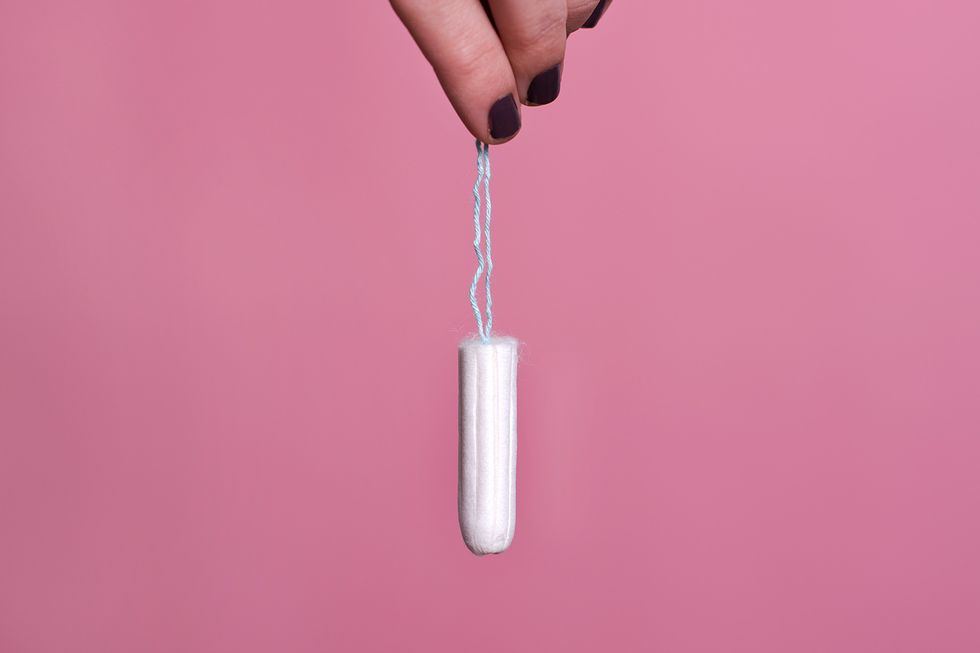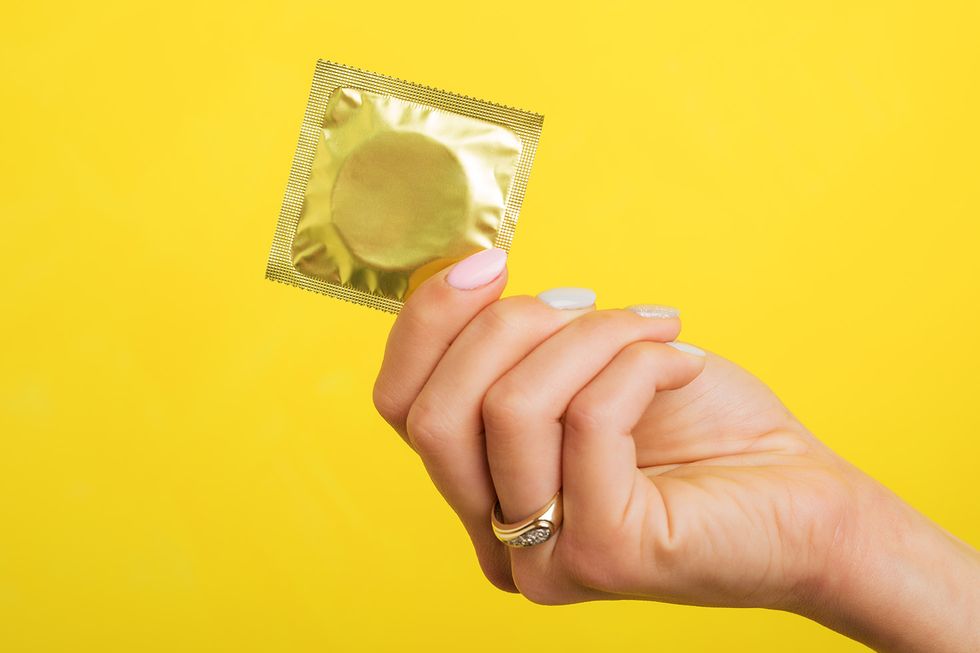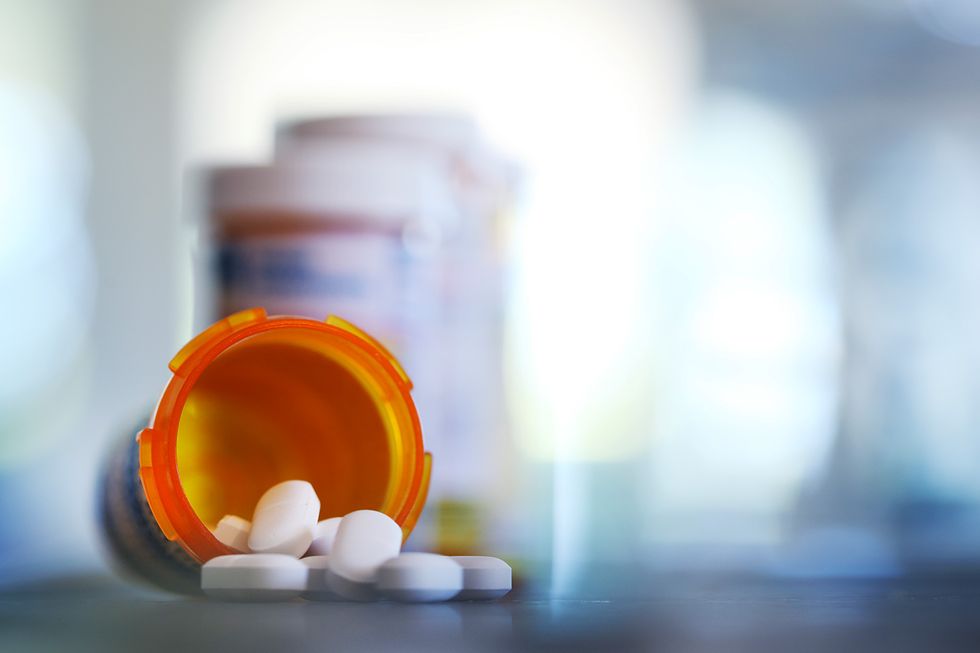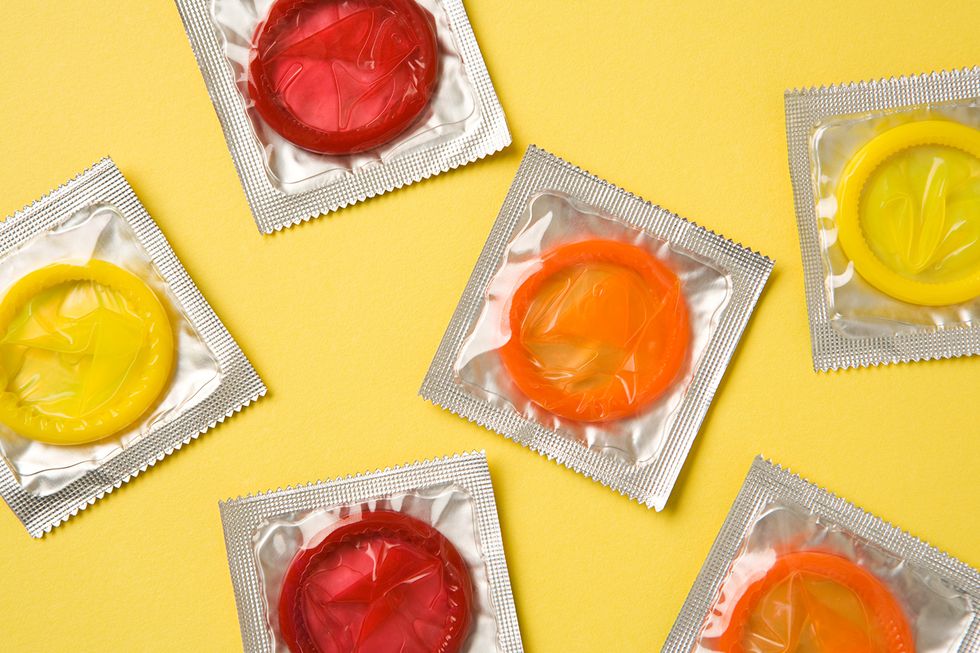Everything You Need To Know About Chlamydia
It's the most common STD in the U.S.
In an ideal world, sex would be all mind-blowing orgasms, babies (when you want ‘em), and animal noises. But the Centers for Disease Control and Prevention estimates that 20 million new sexually transmitted diseases (STDs) occur each year in the U.S., with chlamydia being is the most common, affecting close to 3 million Americans annually.
Chlamydia is a sexually transmitted bacterial infection that is caused by a type of bacteria called chlamydia trachomatis, says Sarp Aksel, M.D. resident physician at Montefiore Health System.
It is most common in people under 25, and women make up more than 70 percent of reported cases, according to the CDC. The infection is carried in semen (including pre-cum) and vaginal fluids, and it is usually spread through vaginal, anal, and oral sex with someone who has the infection, explains Jessica Shepherd, M.D., an assistant professor of clinical obstetrics and gynecology and director of minimally invasive gynecology at The University of Illinois College of Medicine at Chicago.
It can also be spread from toy sharing, genital-to-hand-to-genital contact, and even genital-to-hand-to-eyes contact. Chlamydia can infect the cervix, anus, urethra, and though rare, it can also infect the throat or eyes, she adds.
But you can’t get chlamydia through casual contact, says Aksel that means that you can’t get it from sharing food or drinks, kissing, hugging, holding hands, coughing, sneezing, or sitting on the toilet.
Symptoms Of Chlamydia
Here’s the thing, chlamydia is a bit like resting bitch face. Most people with it don’t know that have it.
Chlamydia is known as a “silent” infection, because less than 30 percent of women will experience symptoms, and only about 50 percent of men will experience symptoms, says Pari Ghodsi, M.D.
“Even if you do develop symptoms, it could take a couple of weeks after coming into contact with the infection for them to occur,” says Maureen Whelihan, M.D., an ob/gyn at the Elite GYN Care of the Palm Beaches. And the symptoms could be very dull for weeks or even months before you really notice them, she adds.
The symptoms of chlamydia can include:
Watch Next


Why You Feel Guilty For Staying In On A Sunny Day

7 Best Essential Oils Diffusers Of 2024

Kate Beckinsale Health & Hospitalization Timeline

Busy Phillips' ADHD: Diagnosis, Symptoms, Meds


















